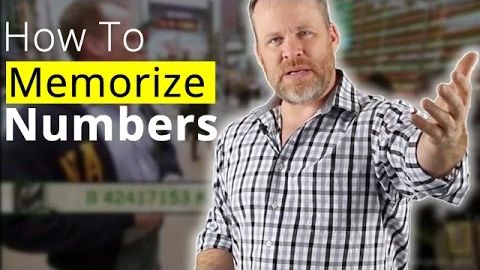
Subtitles & vocabulary
How to Memorize Numbers - Nat Geo Brain Games Memory
00
golemant posted on 2016/07/08Save
Video vocabulary
kind
US /kaɪnd/
・
UK /kaɪnd/
- Adjective
- In a caring and helpful manner
- Countable Noun
- One type of thing
A1TOEIC
More imagine
US /ɪˈmædʒɪn/
・
UK /ɪ'mædʒɪn/
- Verb (Transitive/Intransitive)
- To think creatively about; form mental picture of
- To suppose or assume something.
A1TOEIC
More piece
US /pis/
・
UK /pi:s/
- Countable Noun
- A counter in a board game
- Small part of something larger
- Transitive Verb
- To put items together to assemble something
A1TOEIC
More number
US /ˈnʌmbɚ/
・
UK /ˈnʌmbə(r)/
- Noun (Countable/Uncountable)
- Symbols such as 1, 2, 56, 793
- Particular song or dance performed during a show
- Transitive Verb
- To put numbers on things
- To assign a sequence within a group, series, set
A1TOEIC
More Use Energy
Unlock All Vocabulary
Unlock pronunciation, explanations, and filters
